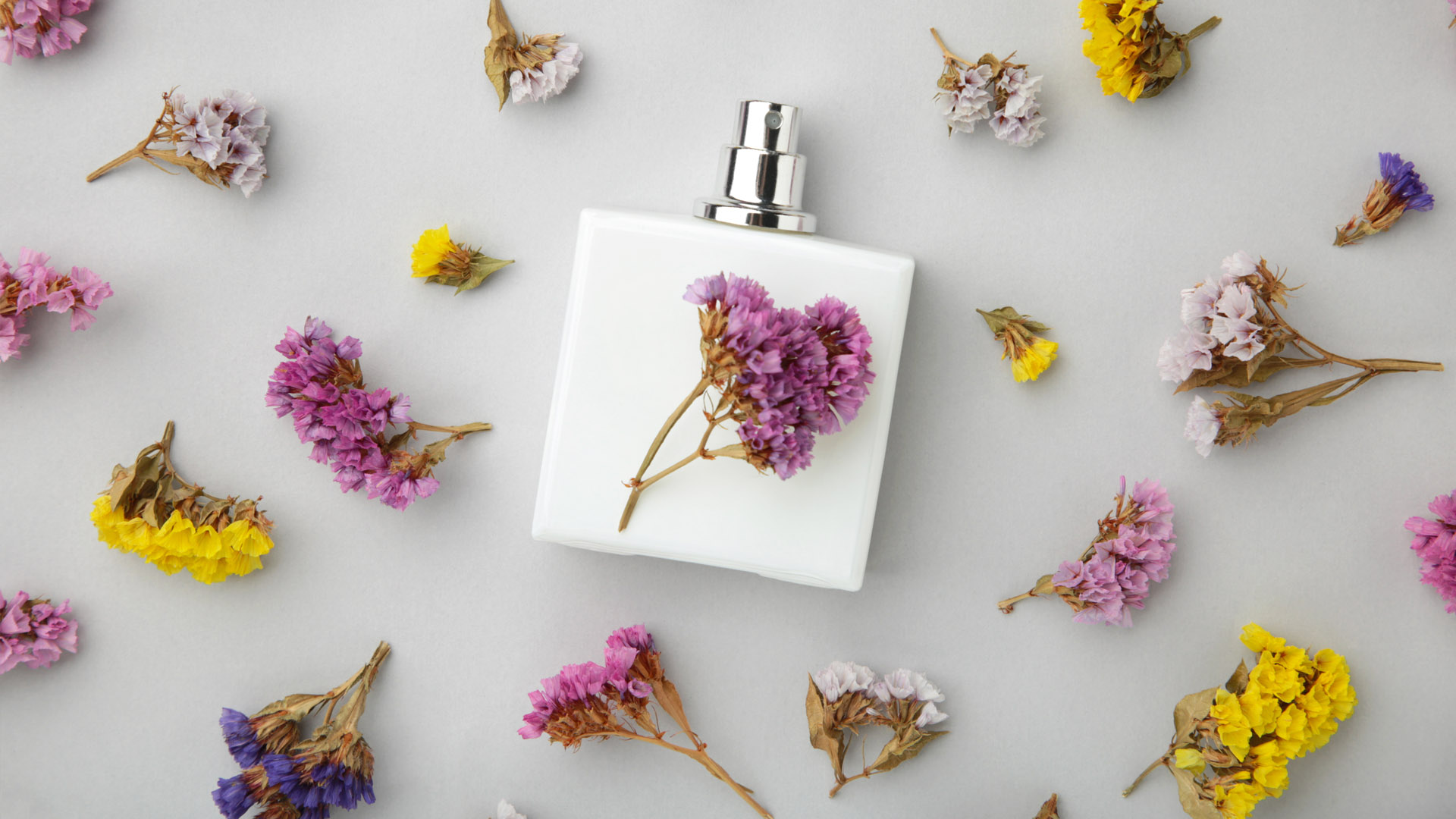Perfume is a complex and beautiful composition of various scent layers, each playing a distinct role in the fragrance’s overall profile. Understanding these layers—known as top, heart, and base notes—can help you appreciate the artistry behind your favorite scents and choose the perfect fragrance for any occasion.
What are Fragrance Notes?
Fragrance notes are the individual components that make up a perfume. They are categorized into three layers based on their volatility and the order in which they are perceived after application: top, heart (or middle), and base notes.
Top Notes
Top notes are the initial scents you perceive immediately upon applying a perfume. They are often light, fresh, and volatile, evaporating quickly to give way to the heart notes.
Characteristics:
- Duration: Lasts for about 15-30 minutes
- Function: Create the first impression and set the tone for the fragrance
Common Top Notes:
- Citrus: Lemon, Bergamot, Grapefruit
- Herbal: Basil, Mint, Lavender
- Fruity: Apple, Berry, Pineapple
Examples:
- Dolce & Gabbana Light Blue: Opens with a burst of Sicilian lemon and green apple, creating a refreshing and vibrant introduction.
- Chanel No. 5: Starts with a crisp blend of aldehydes and citrus notes, providing a sparkling first impression.
Heart Notes
Heart notes, or middle notes, emerge as the top notes begin to fade. They form the core of the perfume and dictate its main character, lasting longer than the top notes.
Characteristics:
- Duration: Lasts for 2-4 hours
- Function: Bridge the top and base notes, forming the body of the fragrance
Common Heart Notes:
- Floral: Rose, Jasmine, Ylang-Ylang
- Spicy: Cinnamon, Nutmeg, Cardamom
- Green: Tea, Violet Leaf, Pine
Examples:
- Yves Saint Laurent Black Opium: Features a rich heart of coffee and jasmine, adding depth and warmth to the fragrance.
- Tom Ford Black Orchid: The middle notes of black orchid and lotus create a luxurious and exotic core.
Base Notes
Base notes are the final and longest-lasting layer of a perfume. They emerge as the heart notes begin to fade and form the foundation of the fragrance, often lingering for several hours.
Characteristics:
- Duration: Lasts for 4-6 hours or more
- Function: Provide depth, longevity, and a lasting impression
Common Base Notes:
- Woody: Sandalwood, Cedarwood, Vetiver
- Resinous: Amber, Myrrh, Benzoin
- Gourmand: Vanilla, Tonka Bean, Chocolate
Examples:
- Chanel Coco Mademoiselle: Ends with a warm blend of patchouli, vanilla, and musk, giving the fragrance a sophisticated and enduring finish.
- Dior Hypnotic Poison: Features a sensual base of vanilla, almond, and musk, creating a captivating and long-lasting scent.
How to Identify Fragrance Notes
Smelling in Stages
When sampling a perfume, take note of how it changes over time:
- Initial Spray: Identify the top notes.
- After 15-30 Minutes: Observe the emergence of heart notes.
- After a Few Hours: Notice the lingering base notes.
Testing on Skin
Perfumes interact with body chemistry, which can influence how the notes develop. Apply the fragrance to your wrist or inner elbow and experience its evolution.
Using Fragrance Strips
For a less personal, more standardized test, use fragrance strips (blotters) to smell the perfume’s different stages without skin chemistry interference.
The Art of Perfumery
Perfumers (or “noses”) meticulously craft fragrances by balancing these three layers. The harmony between top, heart, and base notes creates a well-rounded and memorable scent. Understanding this structure allows you to appreciate the complexity of perfumes and choose fragrances that suit your personality and preferences.
By recognizing the distinct roles of top, heart, and base notes, you can better understand your favorite scents and discover new fragrances that resonate with you. Enjoy exploring the intricate world of perfumery and the beautiful layers that make each fragrance unique.



